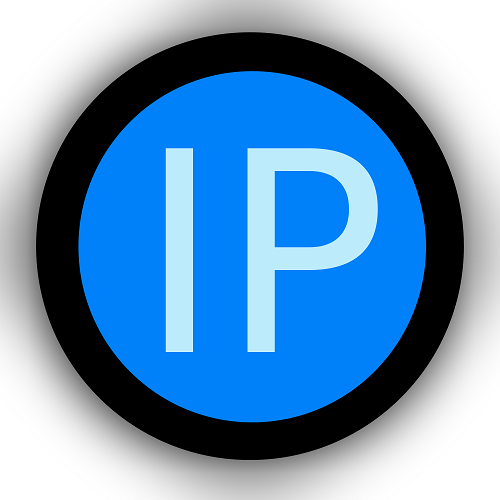
The IP Address
An Internet Protocol address, or better known as IP address is commonly a set of numerical figures designated to each electronics device like a computer that is connected to a computer network that makes use of Internet Protocol for facilitating communication among computers. Internet protocol, on its own, is specifically designed to route packets, or simply data, across network boundaries and, therefore, it is the internet protocol that establishes the internet. It is the internet protocol that makes it possible for everyone to have access to a vast collection of information at an instant.
The Functions
Basically, an IP address is created to accomplish two principal functions: first, to establish network identification; and, second, to provide location addressing. In other words, or simplest terms rather, there is the identification and the addressing methods involved in the process so that the computer network would be able to determine where to route the data. The process is more like sending an enveloped letter to a particular recipient; without the name and address of the recipient, there is no way that a mail courier can deliver the letter. If you are you looking for more information about my-ip check out our internet site.
The Mechanics
Without attaching any detailed descriptions to the term "IP addresses," essentially, they are just binary numbers which represent numerical values using only two notations and that would be 0 and 1. However, they are stored in text file formats and are further displayed in human readable notations such 192.0.2.1, 255.255.255.0, 168.212.226.204, and so on. There are a million of number combinations that comprise a single IP address.
The System
With the current network identification system, two systems are formulated and developed to standardize the internetworking methods of the internet. The first system is so called Internet Protocol version 4, or IPv4. Obviously, it is the fourth version of the internet protocol system and is the first model that's being used worldwide. At the outset of the 21th century, there exists the Internet Protocol version 6, or IPv6, which is a new addressing system explicitly designed to supersede IPv4 by way of transferring a huge amount of data in small packets to be routed independently across a channel of networks as designated by the international communication protocol. Despite the expectation that IPv6 will gradually replace IPv4, most networks are still using IPv4 nowadays. At present, a mixed environment for both IPv4 and IPv6 are being explored to test their interoperability.
